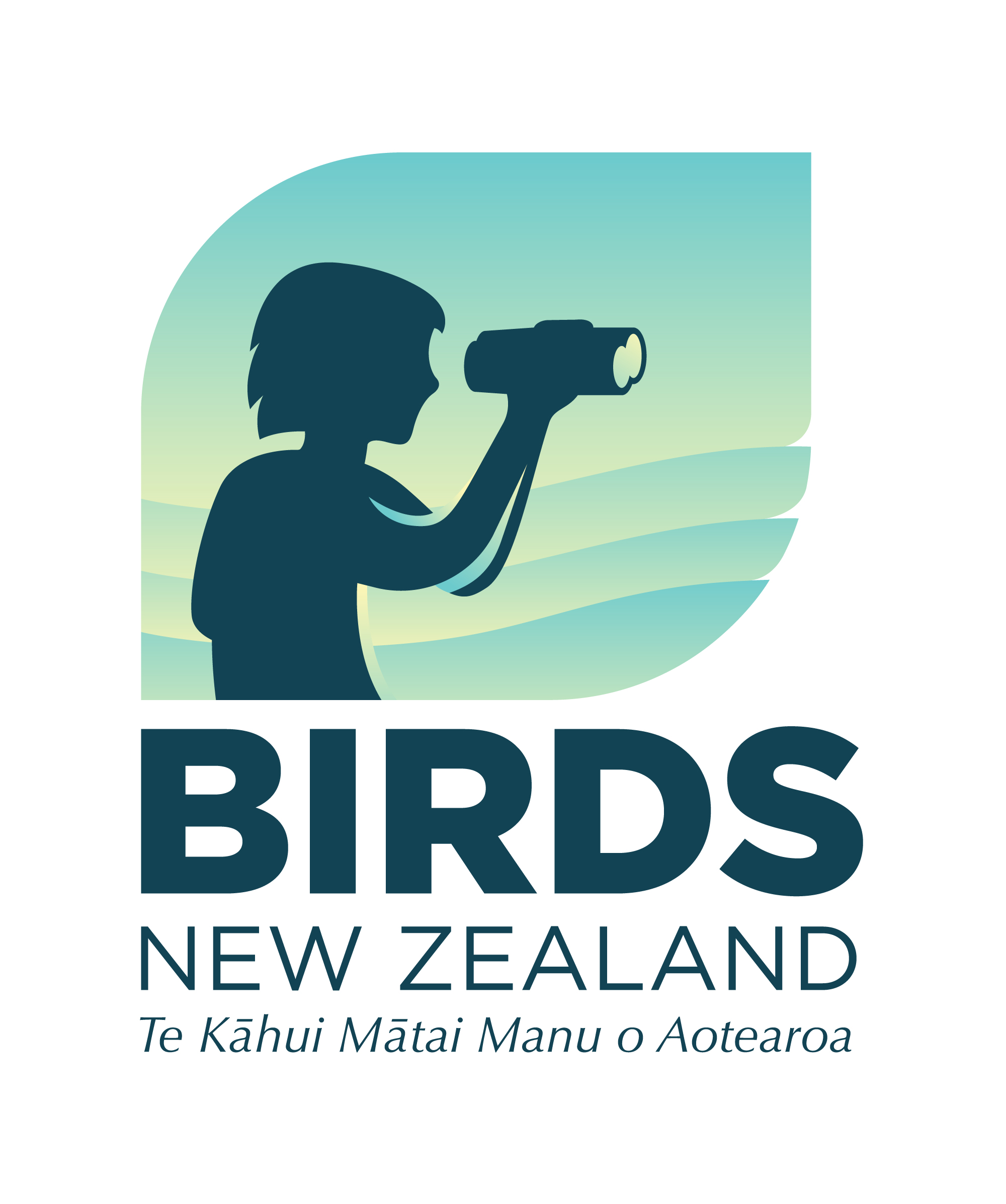Notornis, 69 (2), 89-98
Article Type: Paper
The description of the long-tailed cuckoo’s (Eudynamys taitensis) egg was uncertain until the 1930s. Edgar Stead published evidence in 1936 that it was white with darker (red-brown or purplish) speckles, and therefore mimetic in colour and pattern (as well as size) to the eggs of many small song-birds in New Zealand. In reviewing eggs in museum collections, I find that only one (Auckland Museum LB8968) is certainly long-tailed cuckoo, and only eight other eggs are “probable” (with another eight “possible”). Average dimensions of the nine most likely eggs are 24.1 x 17.4 mm. Field observations of long-tailed cuckoo nestlings, or dependent fledglings receiving food, mostly involve whiteheads, yellowheads, and brown creepers (all in the genus Mohoua, Mohouidae), the principal biological hosts. There are single credible reports of a long-tailed cuckoo nestling being raised in a nest of South Island robin (Petroica; 1880s), silvereye (Zosterops; 1946, plus a vague record from the 1980s), and fantail (Rhipidura; 1963). The scarcity of evidence for non-mohouid hosts, despite the great increase in ornithological field-work since 1963, suggests that use of secondary hosts is extremely rare. Seven other New Zealand song-birds have been cited as hosts of the long-tailed cuckoo, but all reports lack evidence of a cuckoo nestling being raised by the species concerned.
